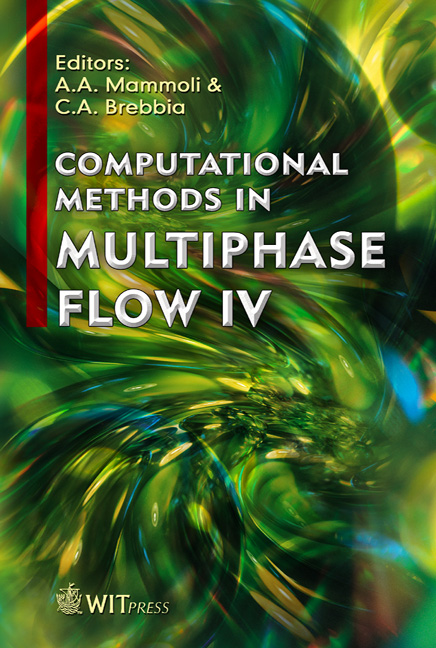Micropolar Fluid Flow Modelling Using The Boundary Element Method
Price
Free (open access)
Transaction
Volume
56
Pages
8
Published
2007
Size
360 kb
Paper DOI
10.2495/MPF070311
Copyright
WIT Press
Author(s)
M. Zadravec, M. Hriberšek & L. Škerget
Abstract
Flows in nature are very complex and express different behaviour under different conditions. Therefore we are interested in using proper numerical models to describe the physical behaviour of such fluid flows. The micropolar fluid flow theory enables accurate computation of flows in a scale, where questions arise on the accuracy of the Navier–Stokes equation. In the present paper, the micropolar fluid flow theory is incorporated into the framework of velocity-vorticity formulation of Navier–Stokes equations. Governing equations are derived in differential as well as integral form, resulting from the application of boundary element method (BEM). Keywords: micropolar fluid, boundary element method, numerical modelling. 1 Introduction Micropolar fluid theory was developed by Eringen [2] forty years ago and has gain attention of researchers in recent years. Lukaszewicz [7] presented in his book mathematical aspects of the theory of micropolar fluids. Many of researchers worked on natural convection of micropolar fluid in rectangular enclosure (Eringen [2], Hsu et al [5], Hsu and Wang [6]). In this work a parametric study of the effect of microstructure on the flow and heat transfer in comparison with Newtonian fluid is undertaken. The results show that dependence of the microrotation term and heat transfer on microstructure parameters is significant. In the last few years there has been significant progress on micromachining technology. Scientists argue that flows on the microscale are different from that on macroscale, described by classical Navier–Stokes equations. Papautsky et al [9] described microchannel fluid behaviour with a numerical model based on
Keywords
micropolar fluid, boundary element method, numerical modelling.





